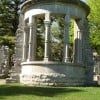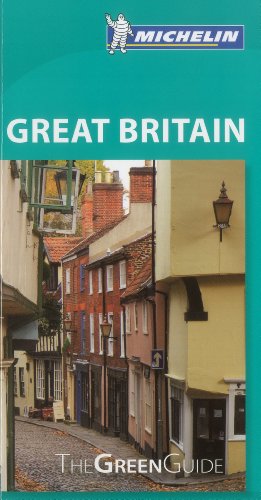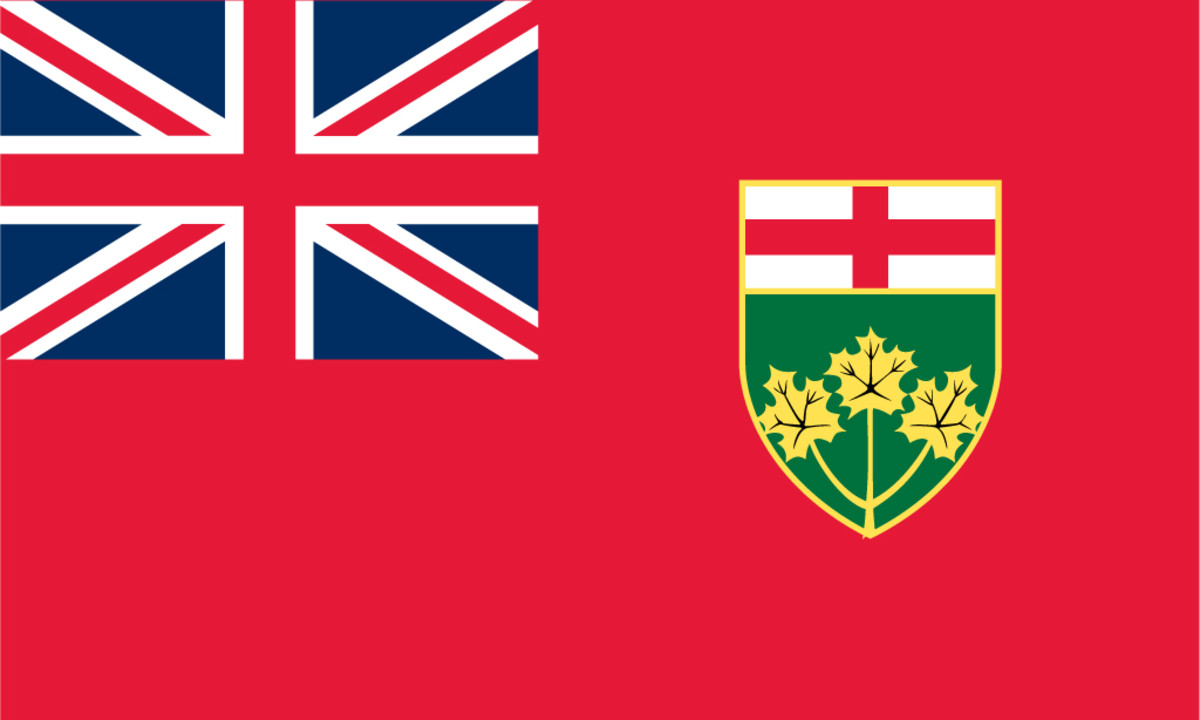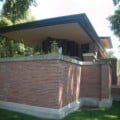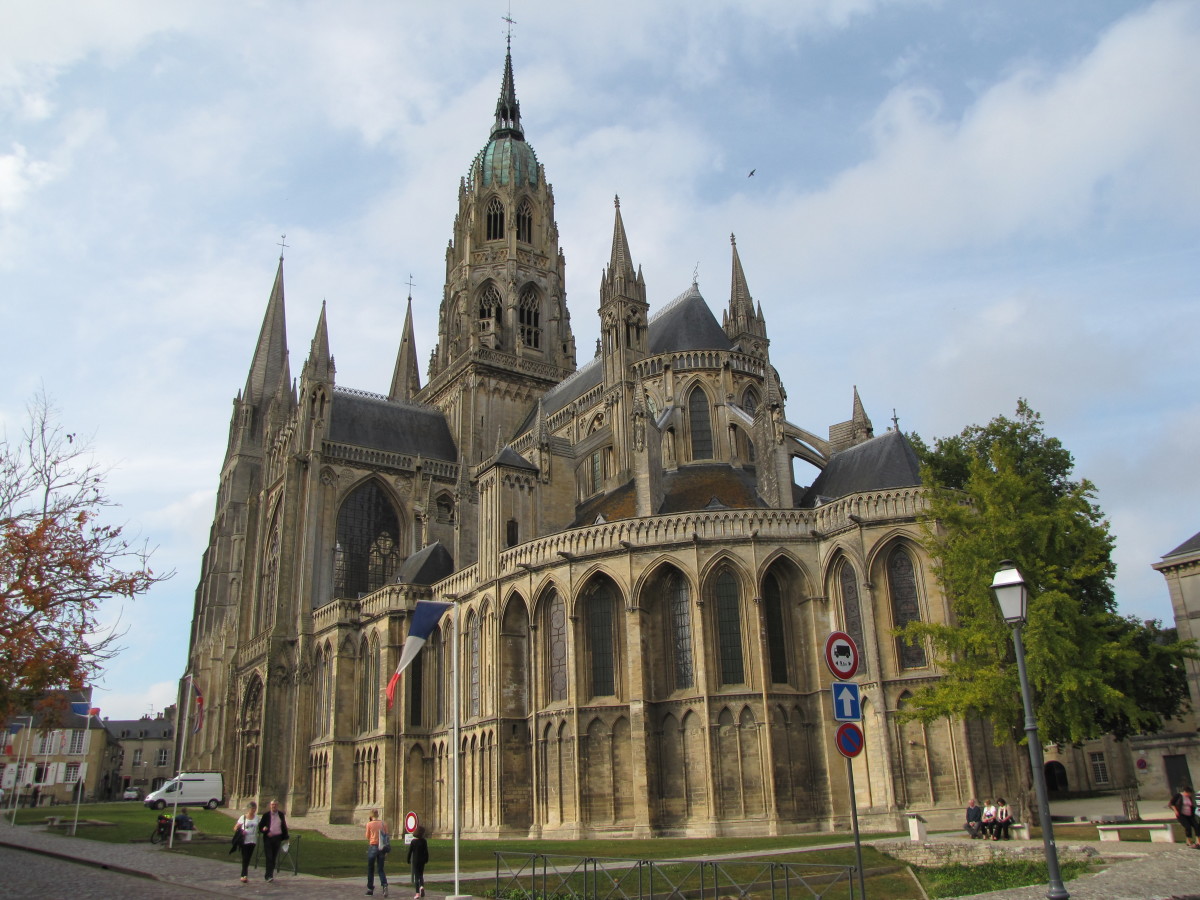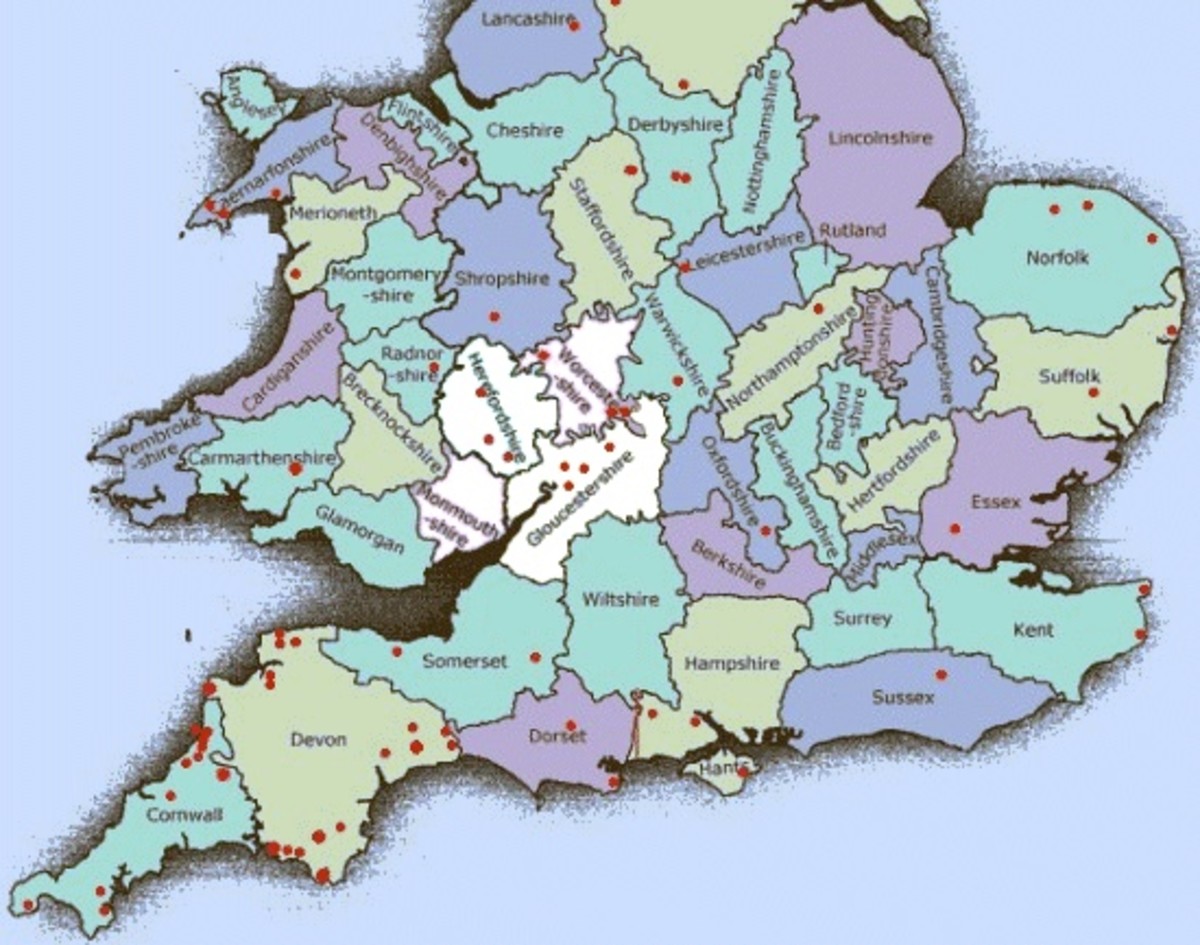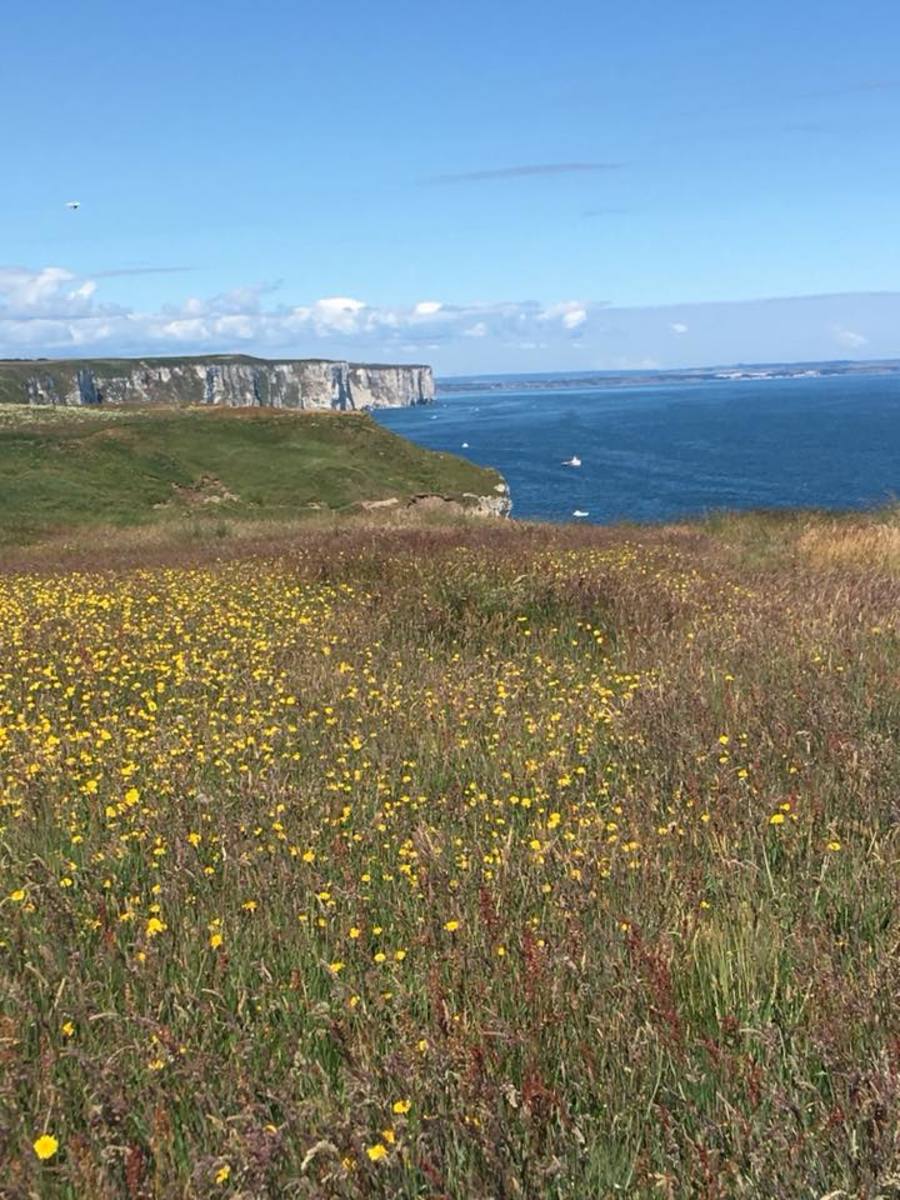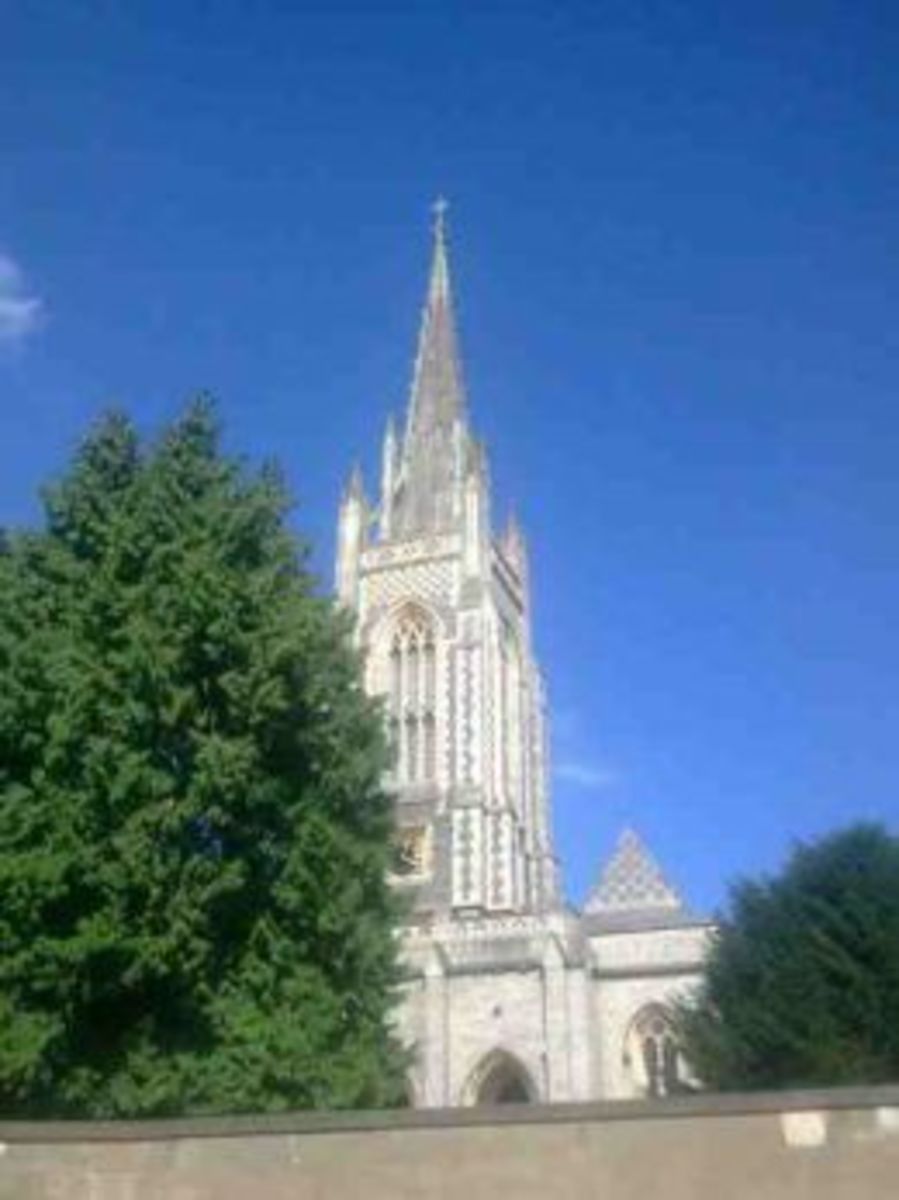- HubPages»
- Travel and Places»
- Visiting Europe»
- United Kingdom
Visiting the Council House, Nottingham, England: domed, Classical civic building by T C Howitt

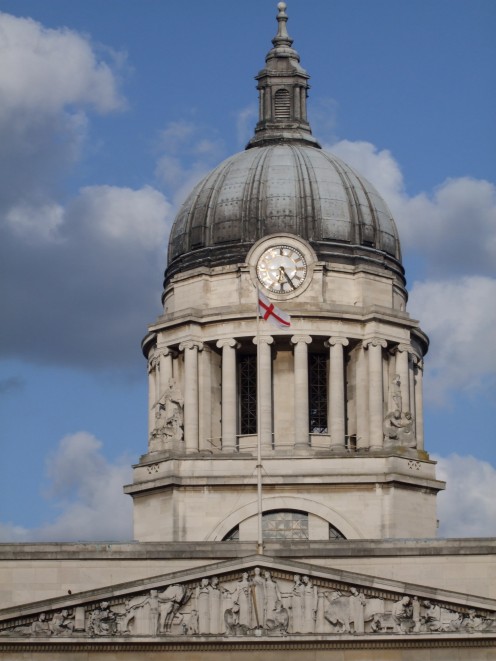
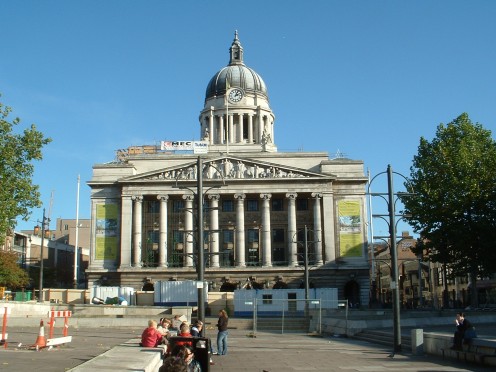
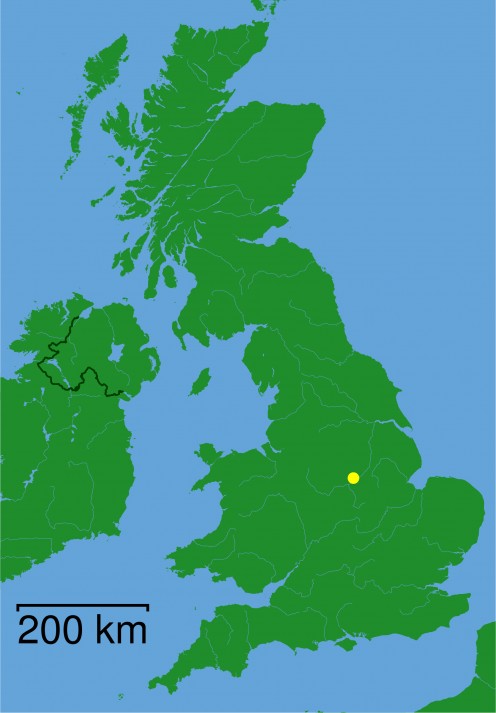
Or: who needs experts?
This striking, civil building in Nottingham, in England's East Midlands, was begun in 1927 and completed in 1929.
Some history and features
As the building has been the seat of city government in Nottingham, it is known as the Council House (although much of the office back-up has moved to another site).
Among its major features is its prominent dome, an indelible part of the city's skyline. This dome is 61 metres high, and dominates nearby Old Market Square. Overlooking the Square also are eight huge Ionic columns.
The architect responsible for Nottingham's Council House was T C Howitt (1889-1968)(1), who, for this project, worked in Classical style, with neo-Baroque elements. Architect Howitt executed the building in Portland stone.
Included in the Council House complex is the Exchange, a shopping area with many commercial outlets.
The exterior of the building is complemented by various statues by Joseph Else (1875-1955). Among these are included large, twin statues of lions (more broadly, often taken to denote British strengths).
Over the years, the familiar columns of the Council House have become a thoroughly well-known landmark to generations of Nottingham's citizens. Some people will regard their appearance as elegant and graceful in their familiarity.
But one architectural expert (Sir Nikolaus Pevsner) reckoned that they looked too old fashioned and anyway it was all the fault of the influential Sir Christopher Wren, centuries previously, for his bad taste in style. (And so it goes.)
Note
(1) Architect Howitt was somewhat of a specialist in civic buildings; among his other projects was Newport Civic Centre. He also had a distinguished, military career.
Also worth seeing
In Nottingham itself, the Castle, Medieval in origin, is associated in legend with the somewhat mythical character, the Sheriff of Nottingham, the great antagonist of Robin Hood. Wollaton Hall and Park, on the outskirts of the city, attract many visitors.
Sherwood Forest, Edwinstowe (distance: 30 kilometres), the subject of legends about outlaw Robin Hood, is an ancient Royal Forest; there are self-guided trails from the Visitor Centre; the Major Oak is an ancient tree supposedly associated with Robin Hood.
..
How to get there : Continental Airlines flies from New York to Birmingham International Airport, where car rental is available, as are also onward rail services (distance from Birmingham to Nottingham : 83 kilometres) Travellers should be advised that some facilities may be withdrawn, without notice. For up to date information, please check with the airline or your travel agent.
MJFenn is an independent travel writer based in Ontario, Canada.
Other of my hubpages may also be of interest
- Visiting Birmingham University, England and its Joseph Chamberlain Memorial Clock Tower: based on a
- Visiting Bladon Church, England: grave-site of Sir Winston Churchill
- Visiting Oxford Castle and Nuffield College, Oxford, England: memories of Medieval, dark deeds; and
- Visiting Peterhouse, Cambridge, England: a College, founded in 1284, at Coe Fen
- Visiting Huddersfield, England: with its grand railroad station portico and statue of Prime Minister
